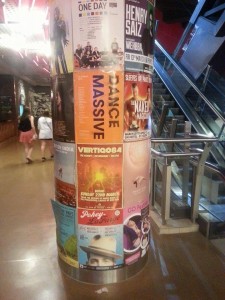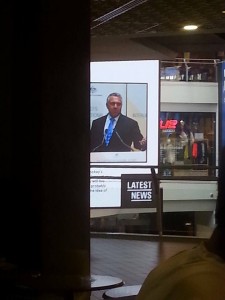Over the space of three years, my taste in music has changed significantly. This has affected the way I write music and shaped my opinions on how music is consumed and should be consumed. In the bands I used to play in, we wrote songs together in a setup of drums, guitars, keyboards and vocals. We had original copies of the songs to play in a live format before recording commenced. Now, everything is different.
When it comes to music production for me now, there is only a minimal amount of preconceived musicality that goes into a song. The writing occurs within the production suite, leaving questionable evidence of an original song. The song doesn’t exist until the final product has been produced and recorded. It’s strange to think that the recorded version would now more likely be considered the original and the performance is a copy. The complete opposite of my previous works created as a band.
This shift isn’t just something I have experienced. There is an obvious trend of solo electronic artists using tools such as Ableton to make their music. This relies heavily on the cut/copy/paste/sample techniques employed by Girl Talk as presented in class. Whilst I’m not a huge fan of Girl Talk, he is a pioneer of mashup culture and it’s hard for him to go unnoticed. I have since found myself slowly being immersed deeper and deeper in to a combination of mashup/megamix culture. Just like a lot of other artists.
Gregg Gillis’ techniques of production seem to be quite consistent with Dan’s views of originality. The opinion that there is no such thing as an original idea is somewhat confronting, but the message of twisting ideas to create something new allows the concept of ‘originality’ to breathe. I personally think we are too deep in to sampling culture to combat the issues of copyright, and thankfully enough, most of the people I know who sample music don’t intend to make a cent off their products anyway. They make music because they like to make music, and want to see people dance. Don’t stop the party, keep the tunes comin’.
– Gabriel

